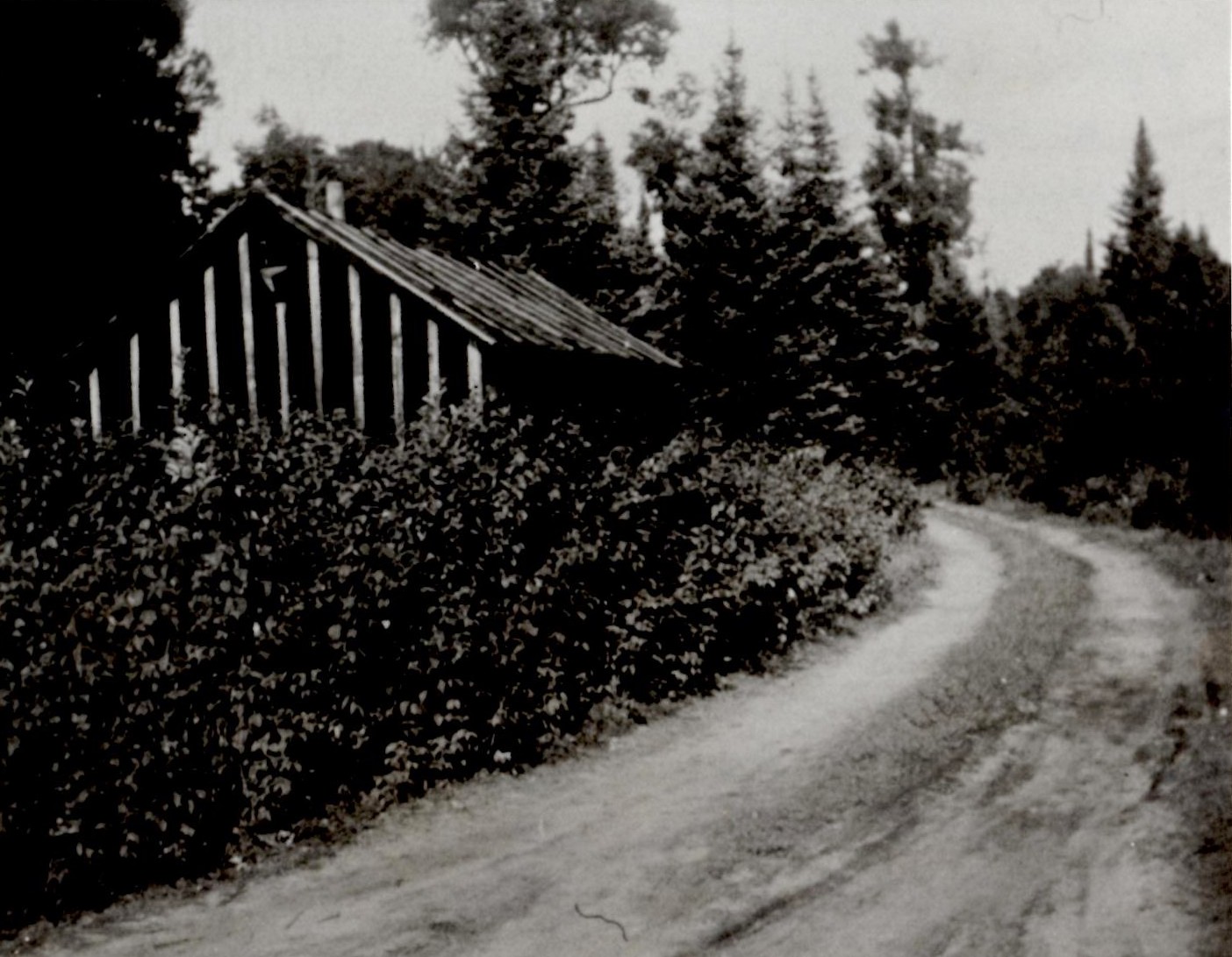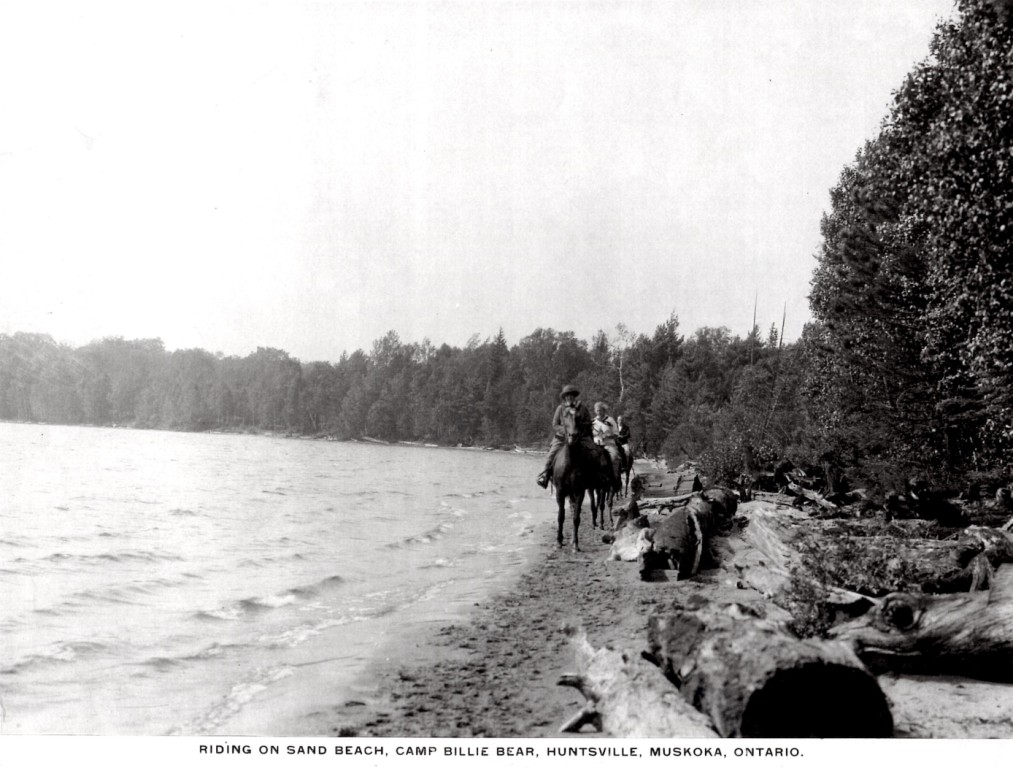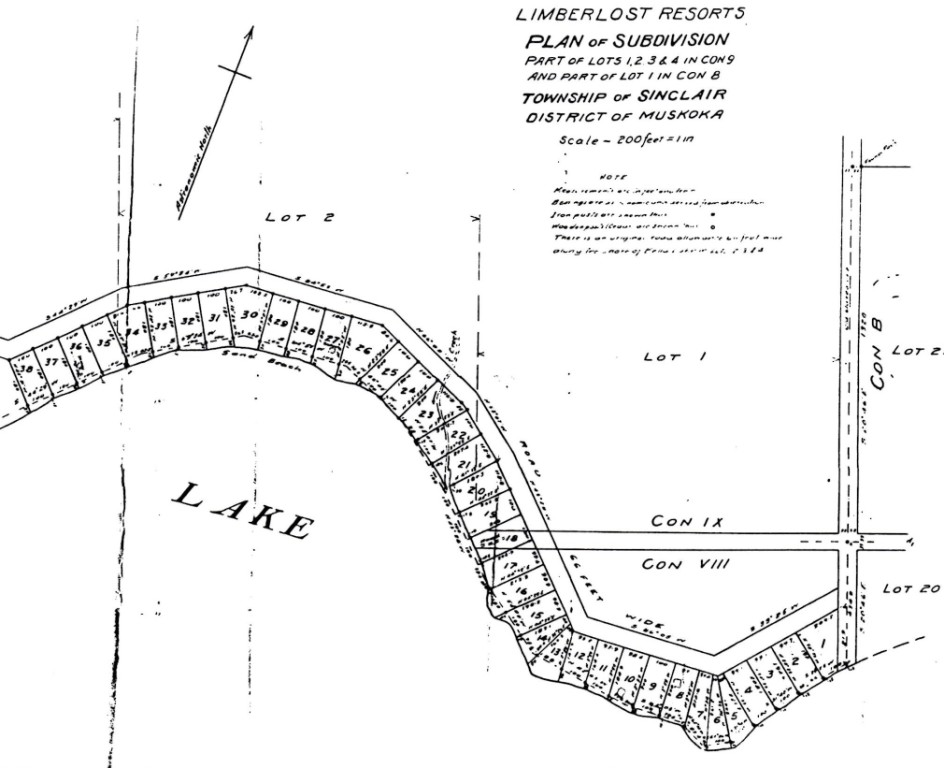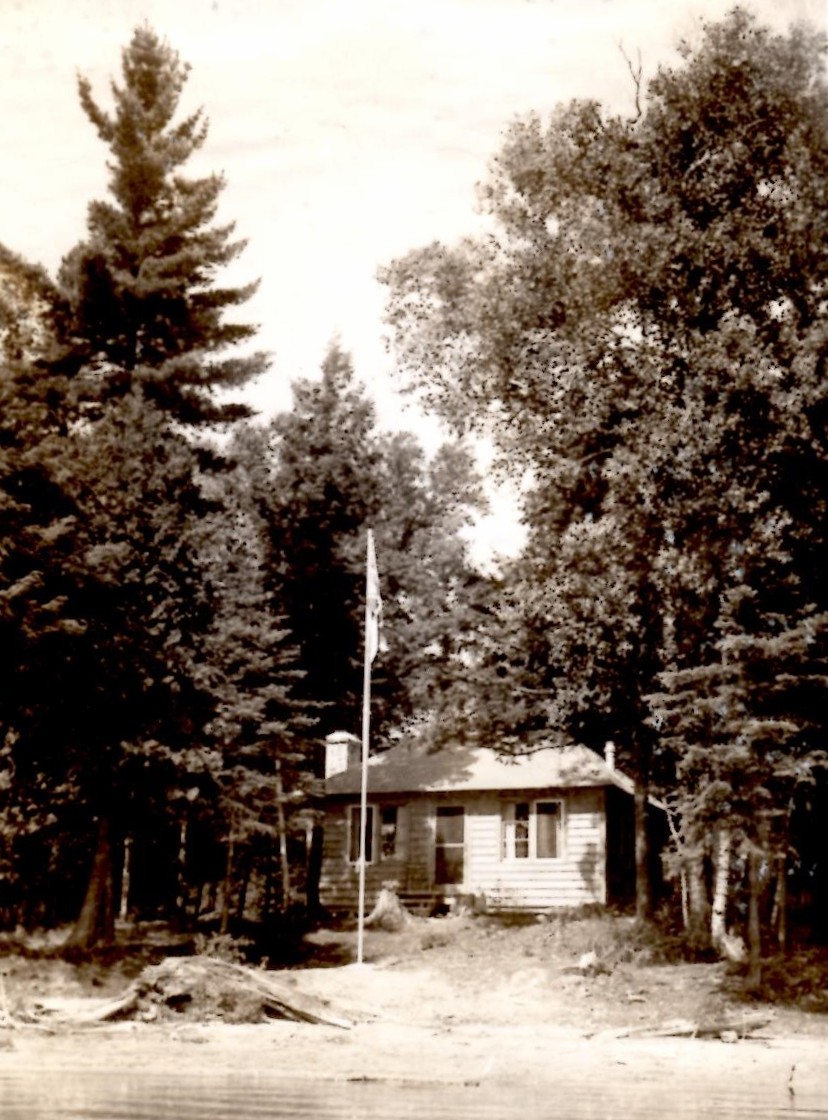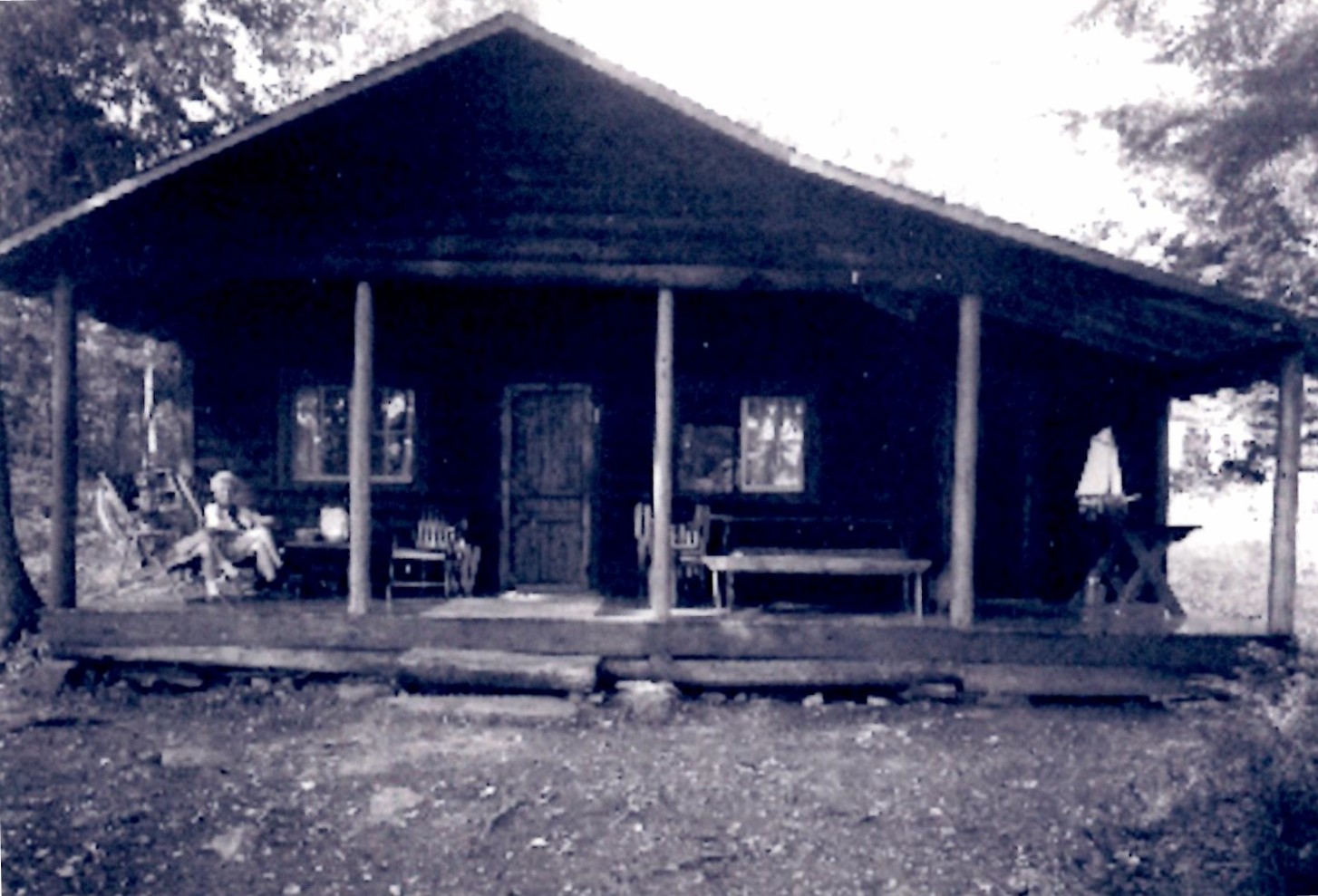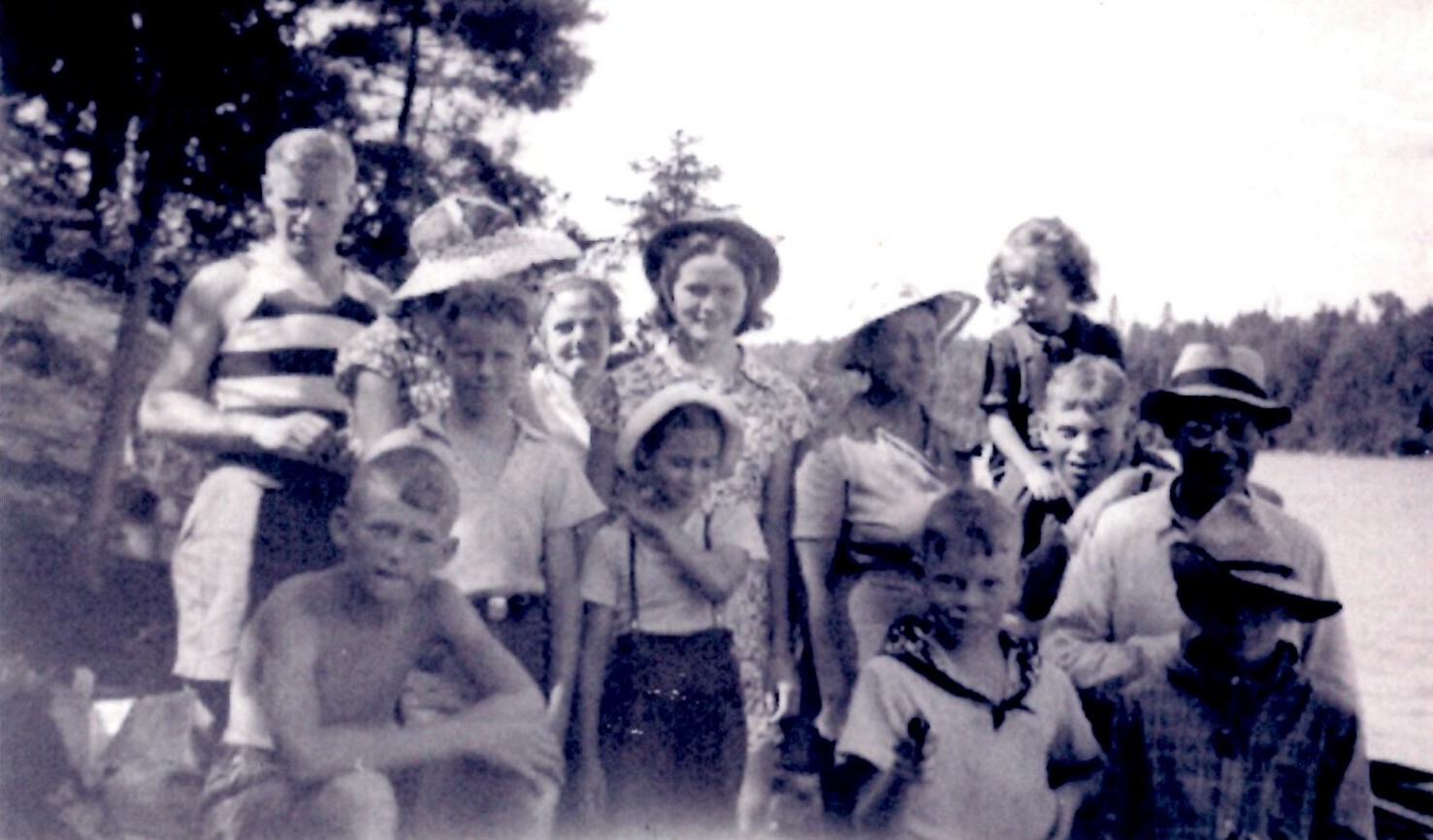The McAlisters
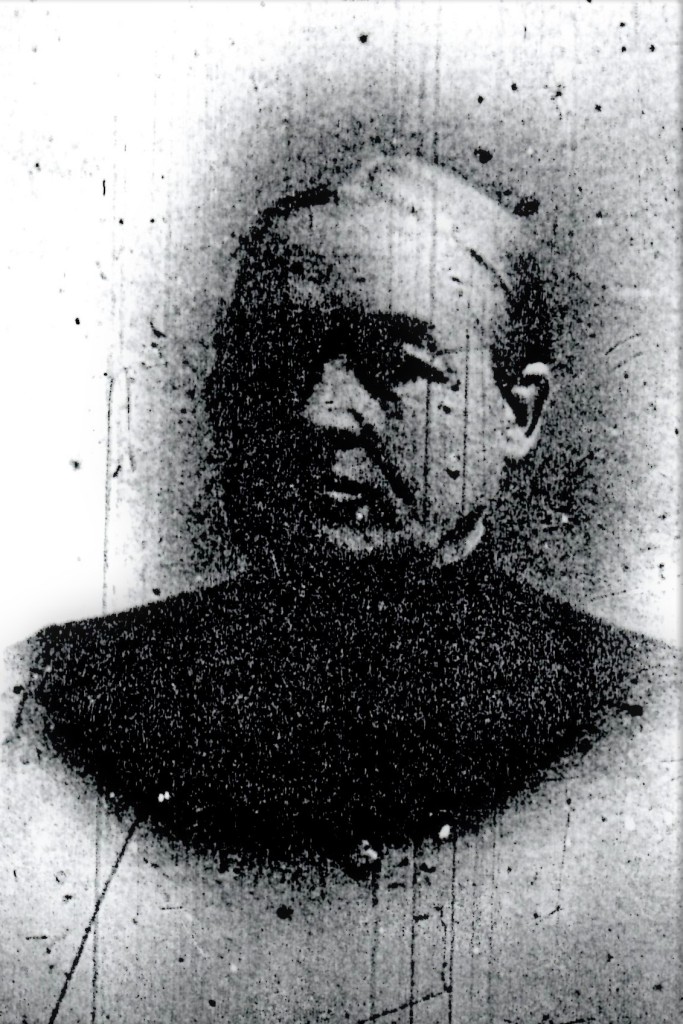 |
|
Ellen (Widdess) McAlister (Barbara Paterson Collection)
|
Many New Connexion Methodist families relocated from Durham and Victoria Counties to Sinclair Township, including Michael McAlister and his wife, Ellen (Widdess) along with some of Ellen’s relatives. Michael settled 114 acres of the southwestern part of the township near Peninsula Lake, and in 1888 Ellen claimed Lots 1 and 2, Concession 9, as well as the smaller parcels of Concession 8, on the north shore of Bella Lake. These lots included all of what we now know as First Sandy beach as well as the shoreline to the east and extended north to the south shore of Heck’s Lake. One of Ellen’s and Michael’s sons, William Widdess McAlister, settled nearby on the south shore of the Big East River, where Distress Dam would later be built, and another, Robert Hector McAlister, settled the 200 acres on the western shores of the lake that would be named after him (Heck’s Lake).
Ellen McAlister never developed her lands. In 1891 she sold them to her nephew, Albert Widdess, who had settled the two westerly adjacent lots (Second Sandy) two years earlier. In 1907, Albert sold all of this land to lumber merchant John Whiteside of the Riverside Lumber Company of Huntsville, but it was not until 1918 that Whiteside’s nephews Richard and Charles Dinsmore, having formed the Bethune Pulp and Lumber Company, began taking out the hardwood on Whiteside’s untouched timber limits.
The company’s camp was in the clearing at the west end of the beach where the Affleck, Jenson, Wagner, and McNaught families would later purchase cottage lots in the 1940s. This clearing later became known colloquially as “Old Bill’s Clearing” after Bill Young. Bill was a ranger who surveyed for forest fires for the lumber companies during the fire season, taking daily trips to, and up, the fire tower near Payne’s Hill (north of Bella and Heck’s Lakes). Hugh Hill, a cousin to Gordon Hill of Limberlost and Norton Hill of Billie Bear, later ran a lumber camp at the same clearing during the 1930s.
Early Camp Families
Guests of Camp Billie Bear explored the uninhabited beaches of Bella Lake starting in 1906, and guests of Limberlost Lodge often travelled by saddlehorse to the beaches on day and overnight pack rides from the 1920s and 1930s until the 1960s. Early cottagers also enjoyed the beaches for recreation in the early decades of the twentieth century.
In 1932 Gordon and Marion Hill of Limberlost Lodge bought from Gordon’s cousin Norton Hill all of the Widdess and McAlister Lots 1 to 4, which Norton had purchased four years earlier. A Plan of Subdivision was immediately developed consisting of 58 100-foot lots and one larger lot on Norway Point. Gordon offered his friends Frank and Eva Paterson, from Huntsville, first choice of the lots in the new subdivision. Eva (McGregor) was a childhood friend of Mabel (Hart) Hill, and Frank had gone to school with Gordon. By 1935, the Patersons had chosen their lot on the eastern end of First Sandy on a small point of land. The family had played on the same spot in earlier years while visiting Mabel. The location was ideal for a summer camp for a young family and, although not accessible by road, was only a short paddle or walk to Mabel’s home at Camp Billie Bear. In 1936 they built a small 10-by-18-foot cabin and an adjacent 10-by-12-foot tent floor. The camp was named Bear Arbor and is still called this by the family today.
As no road existed to the site, the first building materials were transported by motor boat from the Billie Bear dock to the site by Jim Bennett (trapper, guide, and handyman). In October 1936, Gordon built a road to the property from the existing Billie Bear road, which went past Bill Young’s cabin and on to the Big East River. In the autumn of 1938, and again in 1961, the Patersons purchased additional beach lots to the west.
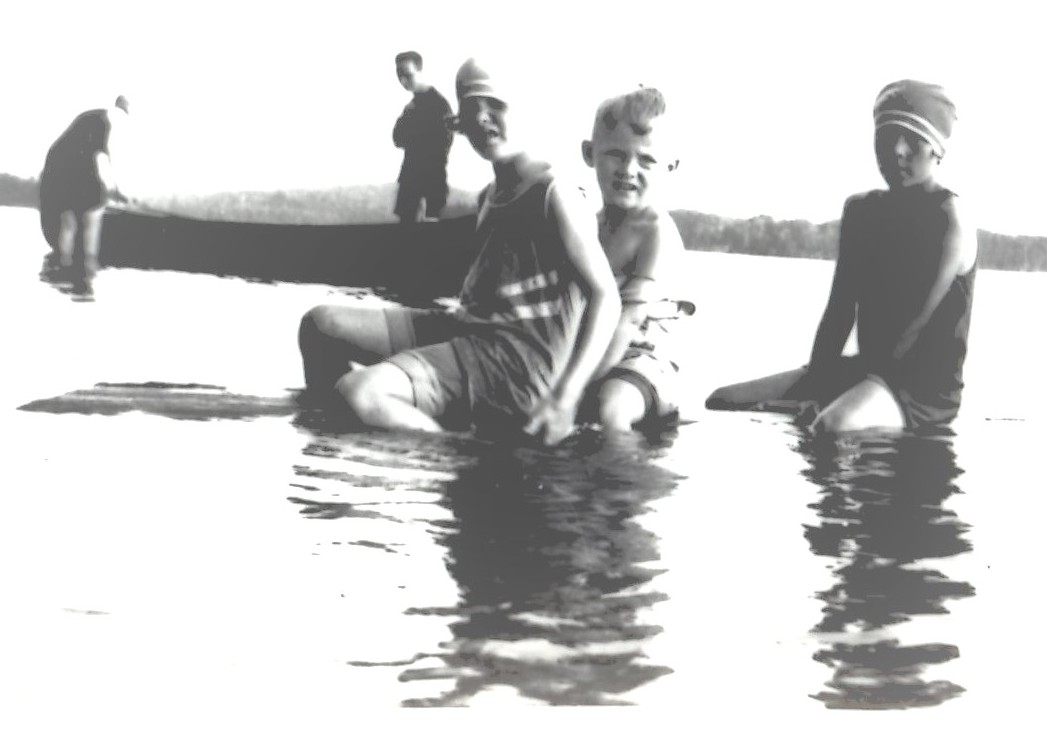 |
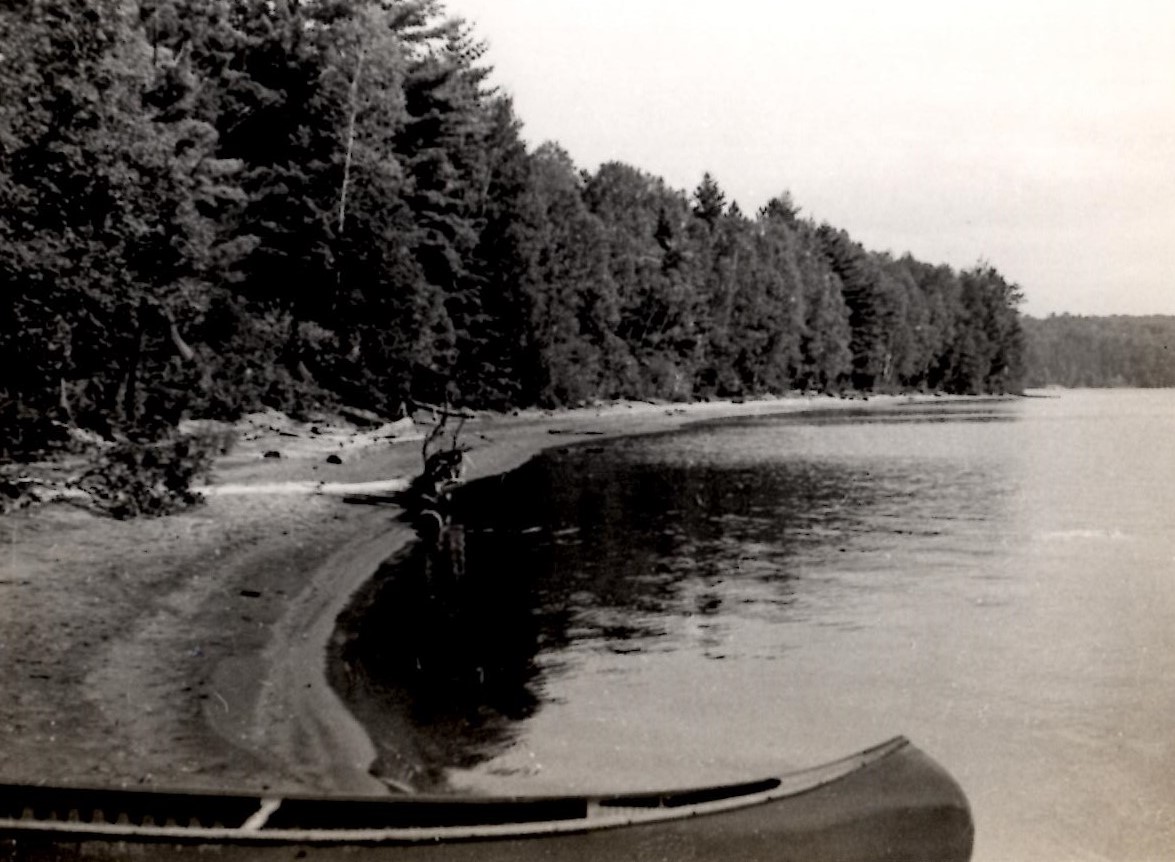 |
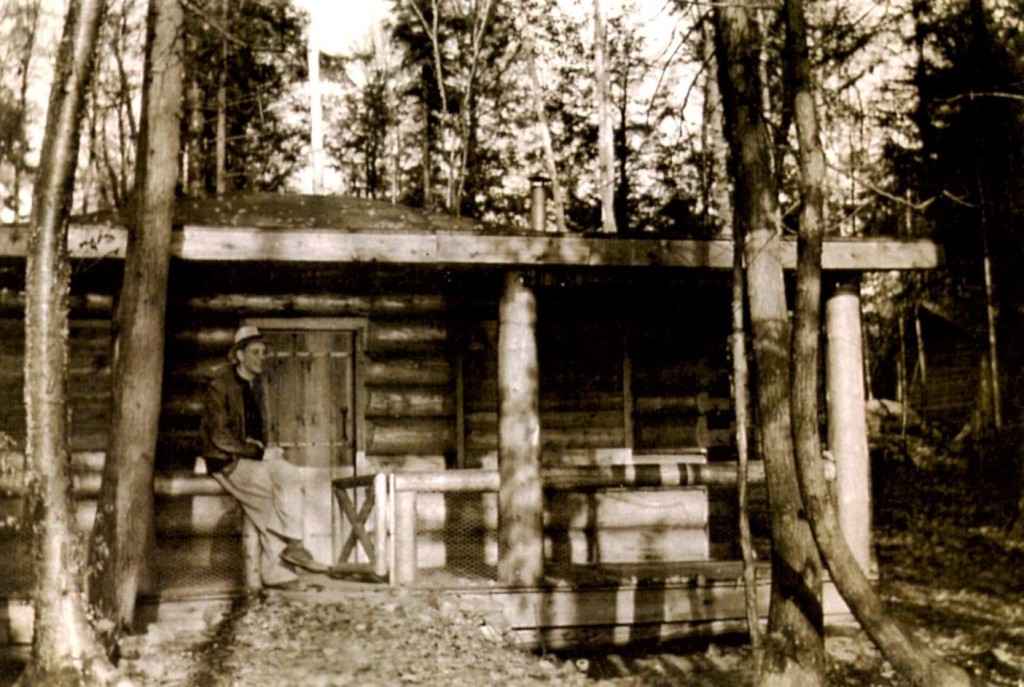 |
| Paterson family visiting First Sandy, 1929 (Barbara Paterson Collection) | First Sandy, 1940 (Barbara Paterson Collection) | Sandy and Vivian Thompson cabin (Barbara Paterson Collection) |
Many of the first families to buy cottage lots from Gordon learned of the opportunity through friendships developed at Camp Billie Bear and Limberlost. In 1936, Sanford (Sandy) and Vivian Thompson, guests at Limberlost in the 1930s, bought two lots east of the Patersons. In 1938, after visiting with their friends the Thompsons at their new log cabin, Jean and Reg Dowsett bought three lots east of them and built a 16-x-22-foot cabin and three 9-by-12-foot tent floors.
By 1940 Dean and Irene Maxwell acquired lots and built a small cabin at the western end of the beach Irene was a very close childhood friend of Eva Paterson growing up in Huntsville, and both families had stayed at Billie Bear with Mabel since at least 1916. Also in the 1940s, John (Jack) and Vivian Perry, who knew the Dowsett family, acquired two lots to the east nearer to Billie Bear. By 1942 the Afflecks and Barnharts had purchased lots and built cabins west of the main beach and Bill’s clearing. Many of the early cottages were built by Edgar Brook, with the eccentricities that a “Brookie-built” cottage often entailed.
Enquiries with Mabel or Gordon about where a family might “camp” sometimes resulted in Mabel directing them to “vacant” locations along the lakeshore to set up tents. Archie Affleck had dropped in on Gordon at Limberlost, was directed to Mabel at Billie Bear, and was further pointed to Bill’s Clearing, where the Bethune logging camp had been. Archie camped on the shoreline here and in 1942 purchased two of the lots and built his cottage. In 1945, Jack and Phyllis McNaught bought lots adjacent and on the west side of the Maxwells, and Fred Pugh bought his lots west of the Barnharts. The next year Emil Jenson bought his lots at Bill’s Clearing.
In the 1940s, the road followed the topography, not necessarily the right of way as indicated by the 1932 plan, and it therefore cut through the newly divided western lots. Remnants of the logging camp still existed as well. A transcription of an interview with Fred Pugh describes the clearing as it was then: the road went right past McNaughts’ back door and ended at Barnharts’ ice house. There was a building on either side of the road, one a bunk house and the other a stable. Fred described a garden in the clearing where corn and potatoes were being grown (this may have been for a time the kitchen garden for Camp Billie Bear). The McNaughts described an old cook house on their property when they bought in 1946, which they had removed the following year. At the same time, they had Edgar Brook relocate the road off their, and their neighbours’, new properties. Not until 1950 did Marion Hill establish a legal plan of subdivision, allowing for a road allowance behind these western lots.
Billie Bear was often the hub for the small, but growing, community of cottagers on this shore. Over these early years, cottagers would walk to Billie Bear to put in their grocery orders with the camp and to pick up mail. The camp was also a social centre for the cottagers. Weekend square dances were held in the dining hall and, later, in the old barn (Court House), and people came from near and far to dance and stomp to the fiddles. The advent of hydro in 1955 met resistance from some property owners, who were enjoying their summer camps “off the grid”!
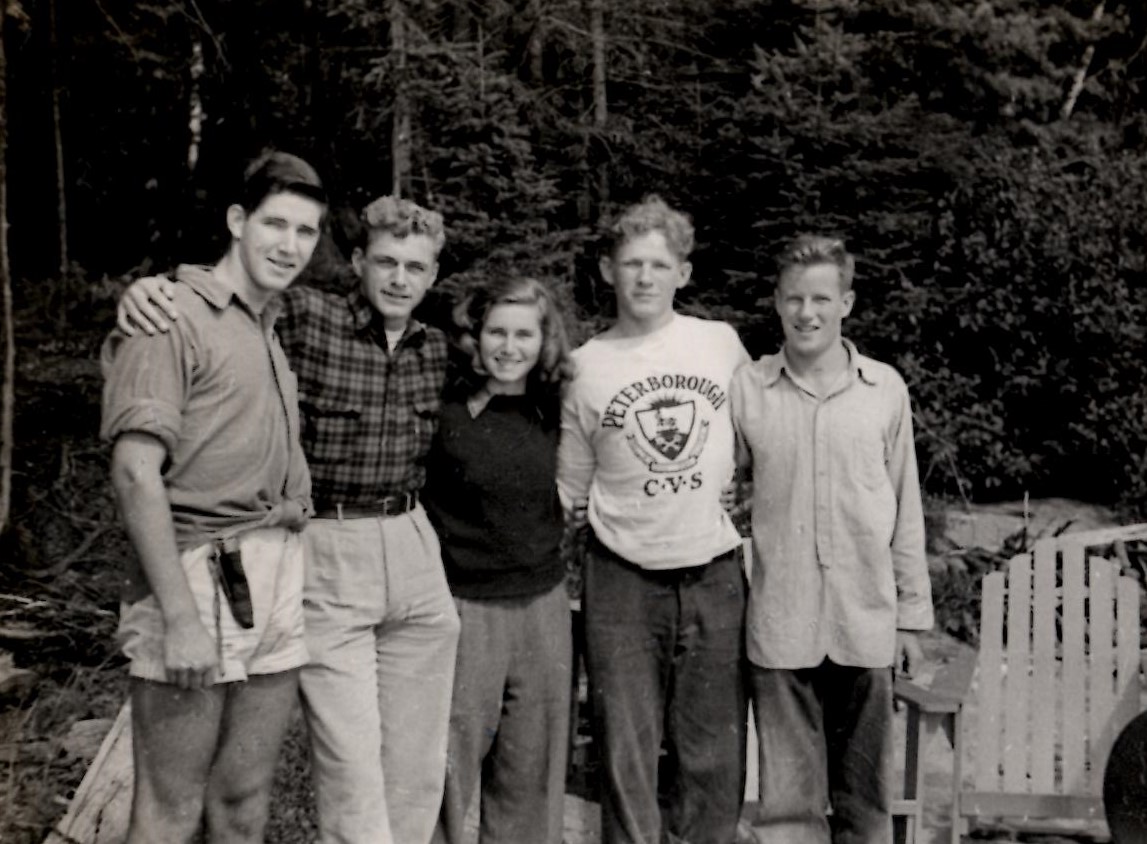 |
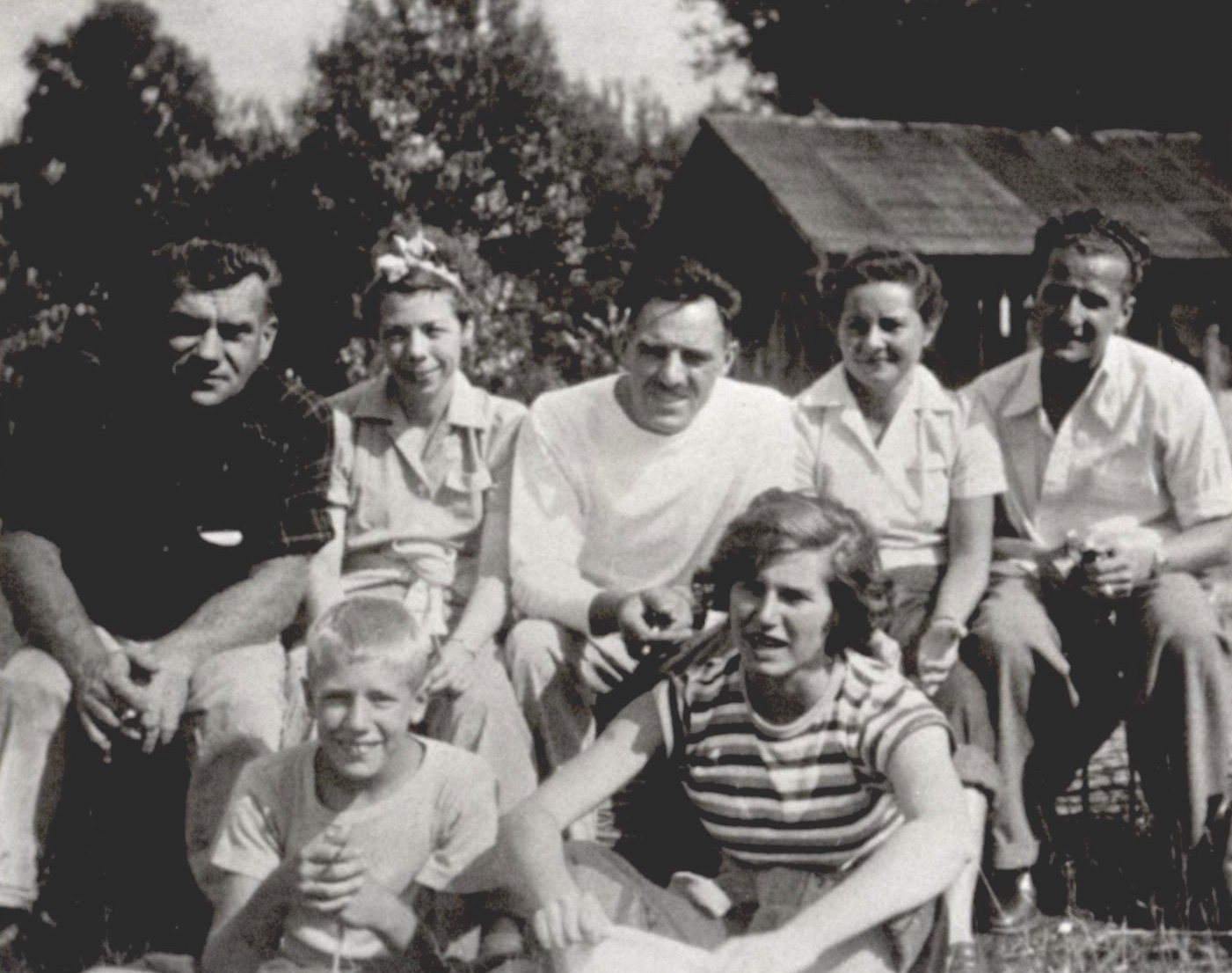 |
|
| Teenagers of the 1940s – Paterson, Maxwell, and Dowsett (Barbara Paterson Collection) | Maxwell, Pugh, and McNaught family gathering, 1940s (Barbara Paterson Collection) |
Gordon Hill passed away in 1947, and at some point, he, or Marion, had granted to Mabel and Edgar Brook several lots of the original subdivision plan in return for a purported debt owed to them by Limberlost. They had been planning on retiring from Brook’s Mill to that property and had not thought of selling it. By 1962, Graham Atkin, then owner of Billie Bear, had a friend from flying days who was looking for property in the area. Graham approached Mabel and Edgar, who considered the proposition to sell. They decided that, with their aging, it would be a major undertaking to build again. They agreed to sell to Graham’s friend Doug Tideman, and he and his wife later built their cottage on these lots.
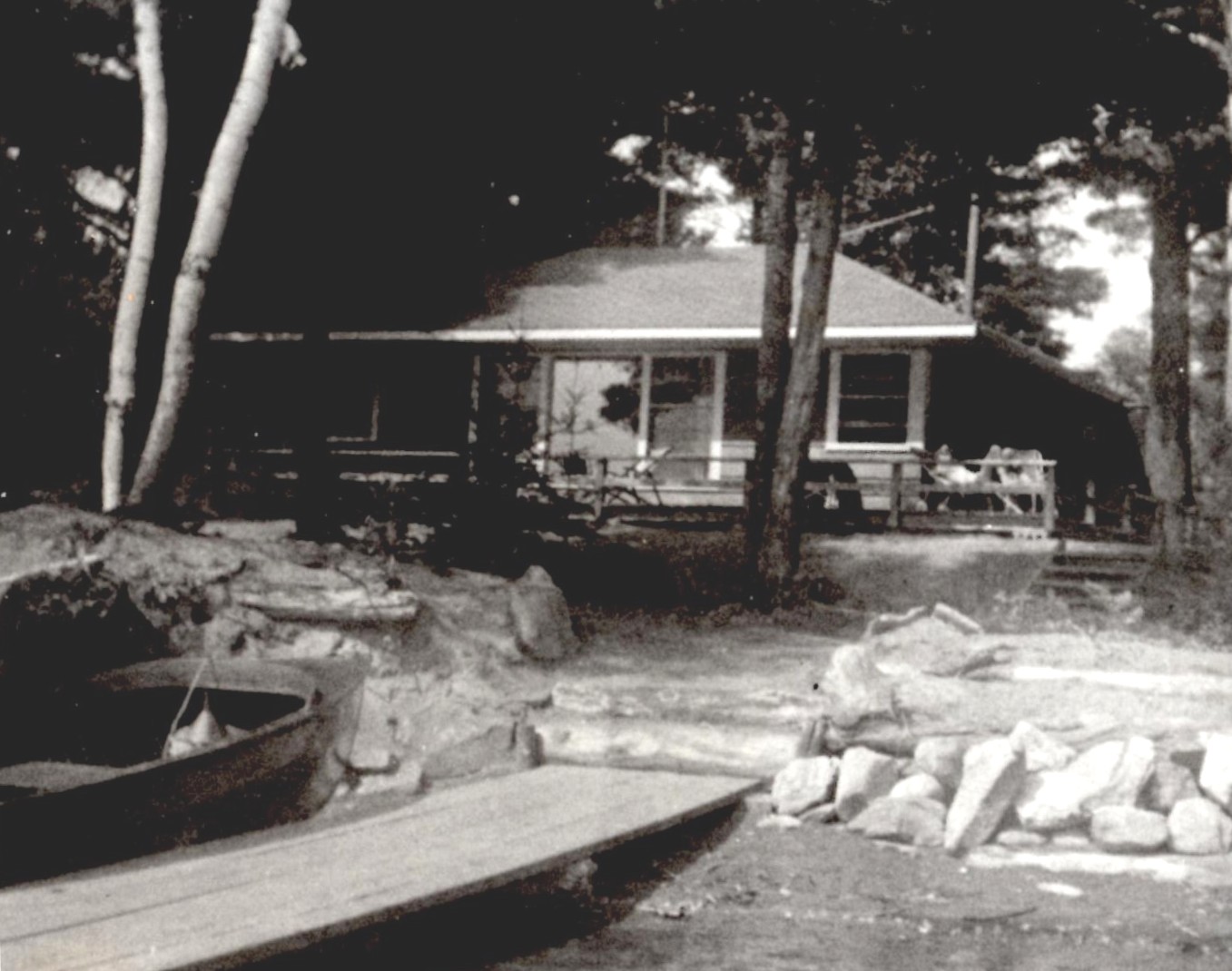 |
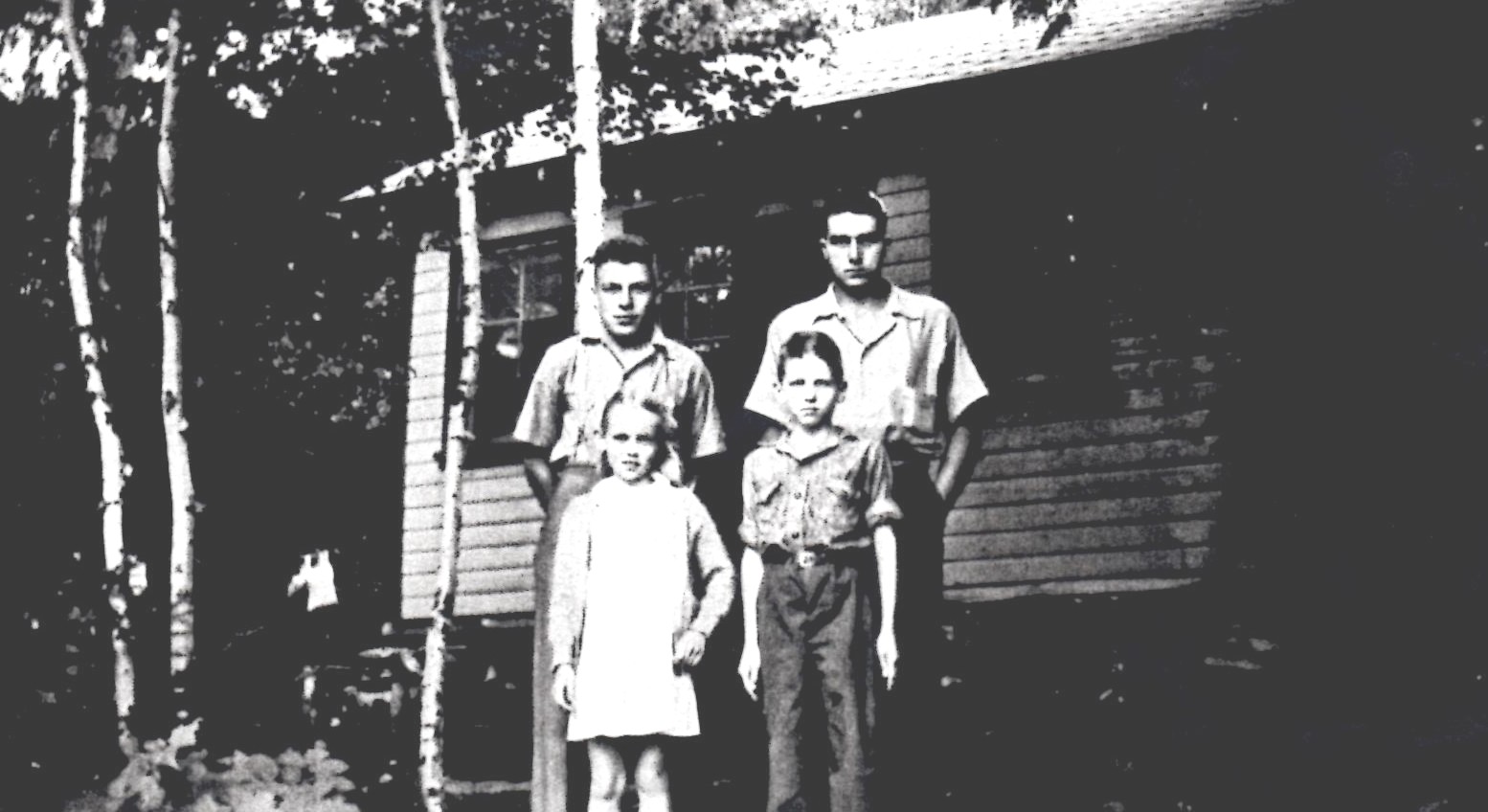 |
|
| McNaught cottage, 1954 (Barbara Paterson Collection) | Brothers Peter and John Perry with unidentified kids (Daphne Perry) |
Sources:
Barbara Paterson Collection, “Bella Beach, Cottage History by Road” (binder of collected stories, interview transcriptions, photographs of the cottagers from Baker to Pugh).
Barbara Paterson Collection, “Why McAlister Lane?” (binder of collected stories, questionnaires, photographs of the Paterson, Maxwell, Thompson, Dowsett, and Perry families).
Mansell, W. Dan, and Carolyn Paterson, eds., Pioneer Glimpses from Sinclair Township (Peterborough: asiOtus Natural Heritage Consultants, Barbara Paterson Papers, 2015).
Paterson, B., “Why McAlister Lane?” (unpublished paper, no date).
Tideman, Doug, personal communication, October 22, 2018.




